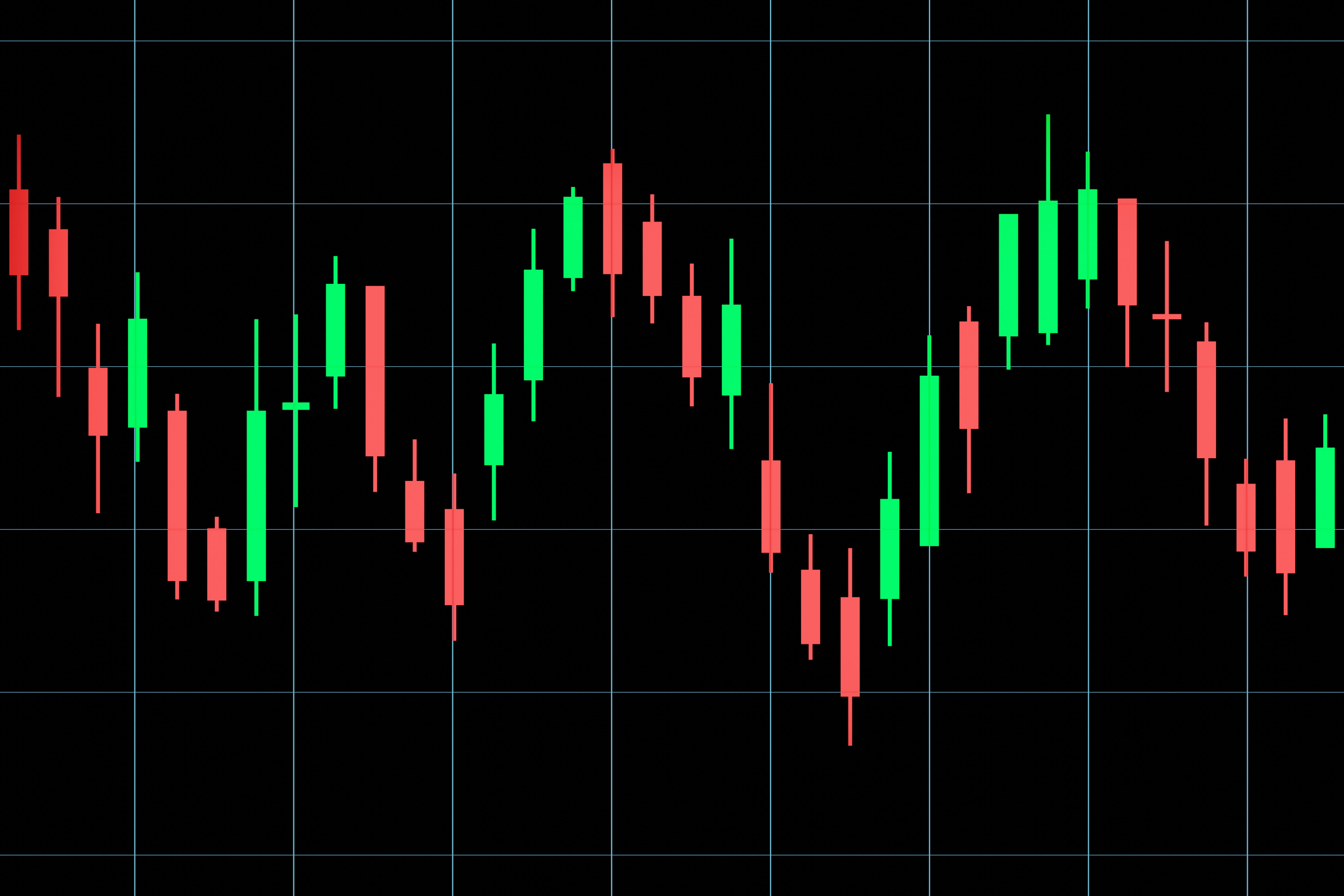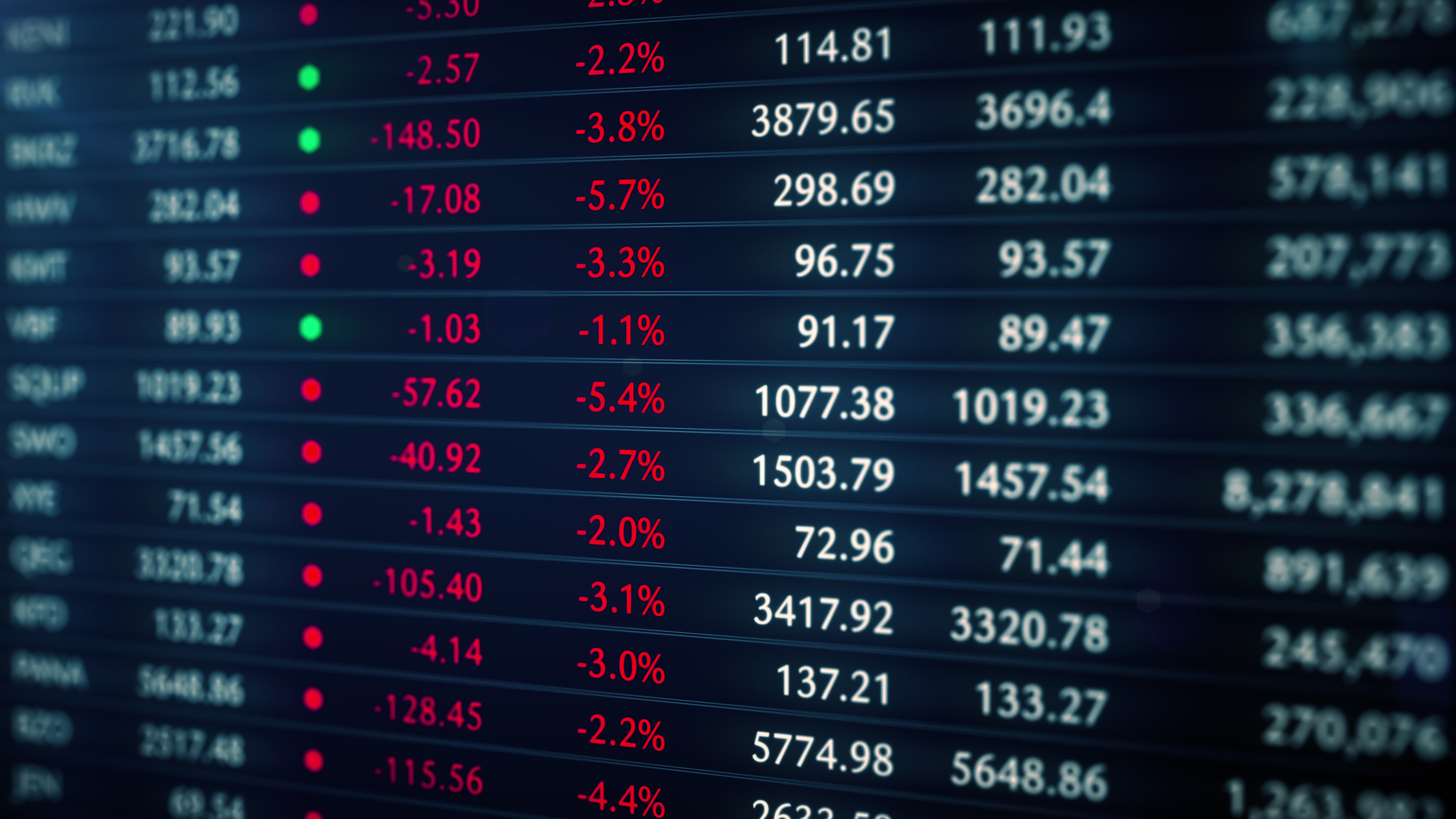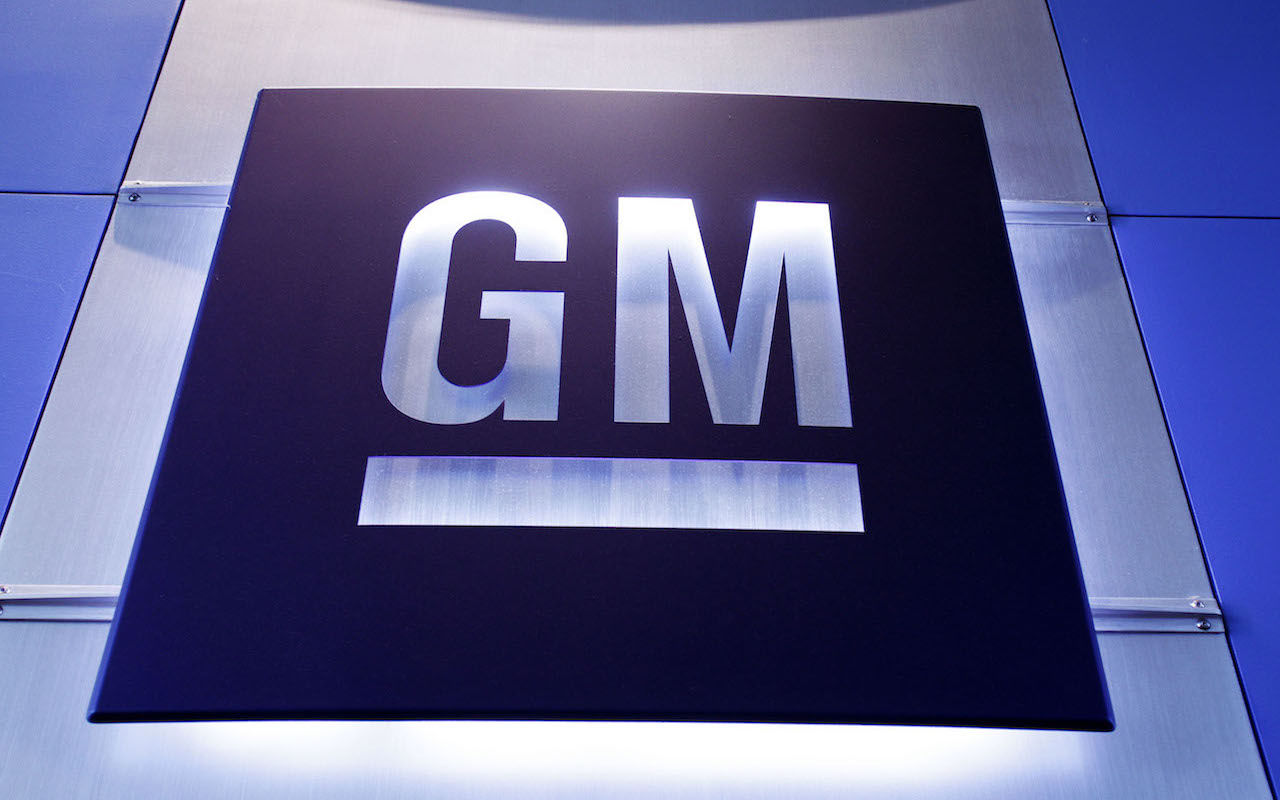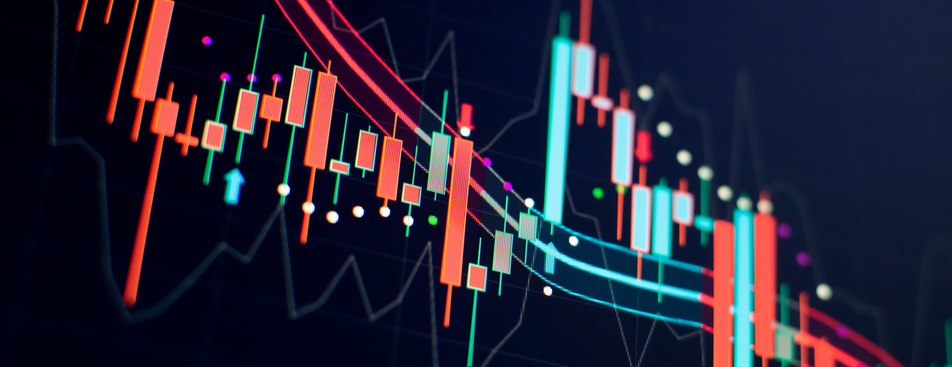Don't Buy the Hype, or GM
Once again public, the streamlined auto giant still faces roadblocks.
Now that all the hoopla surrounding the initial public offering of the new General Motors (symbol GM) has receded, we can address the investing merits of this icon of American industry in a calm environment. Our verdict: Wait for the price to come down.
We say that even though the stock, at $35 in early December, hasn't had a huge pop since going public at $33 on November 18. And we're aware that some investors are bullish on auto stocks because they think the industry is at the bottom of the cycle. Sales in the U.S. hit a 27-year low of 10.4 million vehicles in 2009. Forecasters expected sales of 11.5 million vehicles in 2010 -- still a far cry from average annual sales of nearly 17 million from 1999 through 2006. From such depressed levels, sales have nowhere to go but up, the bulls say.
But even after GM reduced its head count by tens of thousands of workers and shed billions of dollars in liabilities as part of the U.S. government's bailout, the company still has worrisome issues. First, GM is run by an untested team of managers who must still report to government bureaucrats. After the IPO, the Treasury's stake fell from 63% to 27%, somewhat diminishing the taint of Uncle Sam owning a major stake in "Government Motors." But even after the IPO, the sellers -- the Treasury, the Canadian government and the United Auto Workers pension fund -- together own about half of the company.

Sign up for Kiplinger’s Free E-Newsletters
Profit and prosper with the best of expert advice on investing, taxes, retirement, personal finance and more - straight to your e-mail.
Profit and prosper with the best of expert advice - straight to your e-mail.
Another problem: GM conserved cash during the crisis by holding back on new-product development, says Jeremy Anwyl, chief executive of Edmunds.com, the auto-information Web site. A shortage of new products, he says, might lead to an oversupply of older models that could require large discounts to sell. That could threaten profit margins.
The good news is that GM is now solidly in the black. Plus, experts say, GM makes better cars than it did five years ago, although the company still needs to overcome a legacy of producing gas-guzzlers with quality problems. Fuel efficiency has improved by about 25%, says analyst David Silver, of Wall Street Strategies, an independent research firm. GM is making a big push for the Chevrolet Volt, its new entry into the electric-vehicle market (see Drive Time).
As the largest foreign automaker in the world's largest car market, some bulls say GM is a China play. But it's difficult for GM to raise prices in China, so the profit per vehicle is small compared with the profit per vehicle sold in North America. Meanwhile, GM's European operations remain unprofitable.
GM was allowed to keep its huge, $45-billion tax-loss carryforward, which means it won't be paying taxes for a long time. Although that will enable GM to build its cash position, none of the money will be going to shareholders as dividends. Instead, a lot of the cash it earns will end up in the UAW pension fund. GM is "a cash register for the UAW," says Francis Gaskins, president of IPOdesktop.com, a Los Angeles research firm.
Of course, if these issues don't bother you and if GM's share price drops below its offering price, as happened with many other companies that went public in 2010, you might want to take a second look. "Down the road, if the hype leaves the market and the stock comes down in price, that is when retail investors should take their first dip," says Silver.
Get Kiplinger Today newsletter — free
Profit and prosper with the best of Kiplinger's advice on investing, taxes, retirement, personal finance and much more. Delivered daily. Enter your email in the box and click Sign Me Up.
-
 Get Netflix, Hulu and Apple TV Plus for Free by Joining T-Mobile
Get Netflix, Hulu and Apple TV Plus for Free by Joining T-MobileT-Mobile customers save up to $35/month on streaming services thanks to this Netflix, Hulu and Apple TV Plus bundle. Here’s how to get it.
By Rachael Green
-
 Missed Tax Day? Nearly One Million Taxpayers Still Can File and Claim Valuable Tax Refunds
Missed Tax Day? Nearly One Million Taxpayers Still Can File and Claim Valuable Tax RefundsTax Refunds Some folks don’t file taxes simply because they don’t earn enough, but they could be missing out on a significant tax refund.
By Gabriella Cruz-Martínez
-
 Stock Market Today: Tariff Talks Drive Another Up-and-Down Day
Stock Market Today: Tariff Talks Drive Another Up-and-Down DayTrade war negotiations are happening, but the "fear gauge" is gyrating, and investors, traders and speculators are still searching for signs of a bottom.
By David Dittman
-
 Stock Market Today: It's Going to Stay Choppy for Stocks
Stock Market Today: It's Going to Stay Choppy for StocksAuto-focus can show us a lot about uncertainty on the ground and in the stock market.
By David Dittman
-
 Stock Market Today: Auto Tariffs Send Stocks Lower
Stock Market Today: Auto Tariffs Send Stocks LowerThe main indexes snapped their win streaks after the White House confirmed President Trump will talk about auto tariffs after the close.
By Karee Venema
-
 Stock Market Today: Stocks Skid Into Another Risk-Off Turn
Stock Market Today: Stocks Skid Into Another Risk-Off TurnThe promise of the AI revolution can't overcome flickering hopes for a "Fed put."
By David Dittman
-
 Stock Market Today: Dow Adds 485 Points After Trump's Tariff Delay
Stock Market Today: Dow Adds 485 Points After Trump's Tariff DelayThe White House said it will postpone tariffs on automotive imports from Canada and Mexico for one month.
By Karee Venema
-
 Stock Market Today: Stocks Struggle After Trump's EU Tariff Threats
Stock Market Today: Stocks Struggle After Trump's EU Tariff ThreatsStocks pared early gains after Trump threatened the European Union with 25% tariffs.
By Karee Venema
-
 GM Stock Rallies on Dividend Increase, Buyback Plan
GM Stock Rallies on Dividend Increase, Buyback PlanGeneral Motors stock is higher Wednesday after the car maker announced a dividend increase and a new share repurchase program. Here's what you need to know.
By Joey Solitro
-
 Stock Market Today: Stocks Trim Losses After Trump Tariffs
Stock Market Today: Stocks Trim Losses After Trump TariffsStocks slumped at the start of Monday's session after the Trump administration's weekend tariff announcement.
By Karee Venema